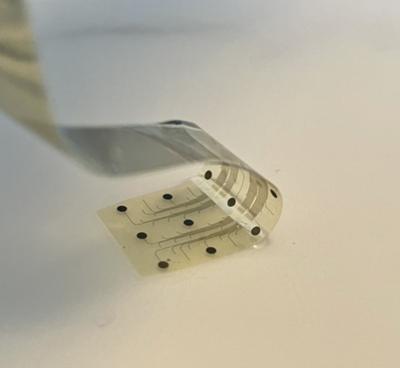INBRAIN Neuroelectronics announces FDA Breakthrough Device Designation for Its Graphene-Based Intelligent Network Modulation Platform
INBRAIN Neuroelectronics, a health-tech company dedicated to developing intelligent graphene-neural platform, has announced that its Intelligent Network Modulation System has been granted Breakthrough Device Designation (BDD) from the U.S. Food & Drug Administration (FDA) as an adjunctive therapy for treating Parkinson’s disease.
The INBRAIN system uses graphene, whose electrical and mechanical properties make it ideal for neurotechnology innovation. INBRAIN’s neural platform technology enables ultra-high signal resolution and uses machine learning software that decodes therapy-specific biomarkers to deliver highly focused, adaptive neuroelectronic therapy that re-balances pathological neural networks.
